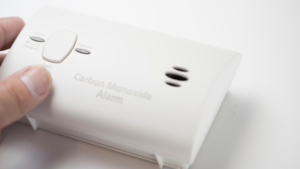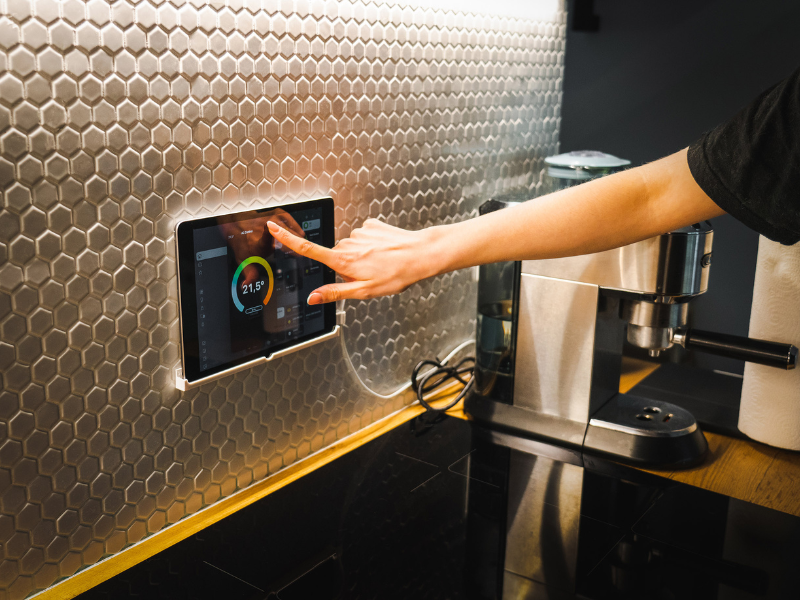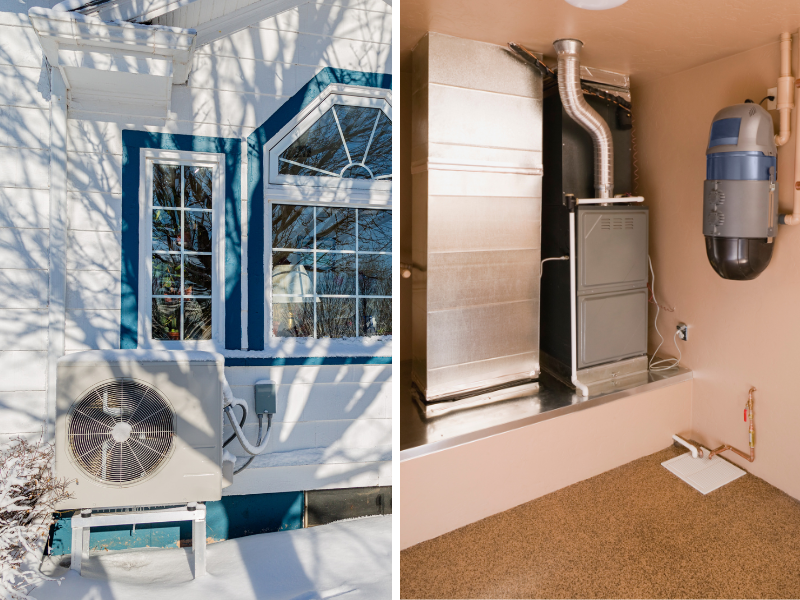With winter weather settling in, seeing signs that your furnace is failing is scary. Being stranded in the cold while you wait for a technician to come check it out, and then have to fix or replace it is not something you want to be doing in January. Luckily, your furnace gives you some warning signs before it fails if you know what to look for. In this article, we’re going to walk you through some of the more obvious signs that your furnace is failing so that you can have it serviced before it conks out on you.
Old Age
If your furnace is old enough to drive, vote, smoke, or buy beer, it’s probably time to replace it. Most furnaces can last 15-20 years, but it’s a good idea to keep an eye on them once they start to hit that 15-year mark. This is when you may see signs that your furnace is failing.

The date of manufacture is typically on the label in the furnace’s serial number. Depending on the age of the furnace, finding the label may be more challenging.
The label is usually a sticker, piece of paper, or metal tag. In new models, it tends to be on the front of the unit, but finding it in older models can prove more difficult. If you can’t find the label on the front, check around the back. If it’s not there either, turn off your furnace and look inside the cabinet door or check the inside components. It could be on a fan blade, gas valve, interior cabinet, access panel, or blower compartment panel.
Once you find the label and locate the serial number, check FurnacePrices for a quick rundown of how to read the serial number to determine age.
Cycling On And Off
If you find that your furnace starts and stops often, it’s likely because something is cutting it off before it can finish a full heating cycle. This could be a sign that your furnace is failing, but it could also mean that your heat sensor needs cleaning.
If you clean out your heat sensor and the cycling does not stop, it’s probably time to call a technician because it could mean many other things, including a dying fan motor.
While this is happening, you may notice other signs indicating your fan motor is giving out, or parts that need cleaning. Excessive dust coming from the vents could indicate the filters need cleaning or replacing. Dirty filters could also cause high heating bills because they cut off proper airflow from your furnace, making it harder to adjust to small changes in temperature.
Before calling in a service technician, make sure that all parts are cleaned and taken care of.
Your Flue Has Rust
While this may not seem like a big deal – rust happens all the time. It’s one of the things you need to check regularly because it can be very dangerous.
If leaks in your plumbing or roof cause your flue to rust, it’s time to replace it immediately. This can lead to the improper ventilation of carbon monoxide. Gas furnaces produce a dangerous amount of Carbon Monoxide, and rely on their flue to vent those gases outside. If the flue rusts through, your furnace could be venting that Carbon Monoxide into your home.

It’s little wonder that Carbon Monoxide is a Silent Killer. The gas is tasteless, orderless, colorless, and non-irritating. If it’s leaking into your home, you often don’t know until it’s close to being too late. This is why it is important to install a Carbon Monoxide detector in a home with a gas furnace. Check out Family Handyman for tips on how and where to install a CO detector.
Another indication that Carbon Monoxide is leaking into your home is the color of the pilot light or burner flame. Watch the flame when it first flares up. If it’s yellow, it could mean the burner is dirty, which means the gas is likely not completely burning off. If so, it could mean that the CO is not being properly vented, and you should have an expert check it as soon as possible.
There are many signs that your furnace is failing, so these are just the beginning of your research. If you’re looking for more information about your furnace, or need help with repairs or maintenance, visit us at Habberjam.








